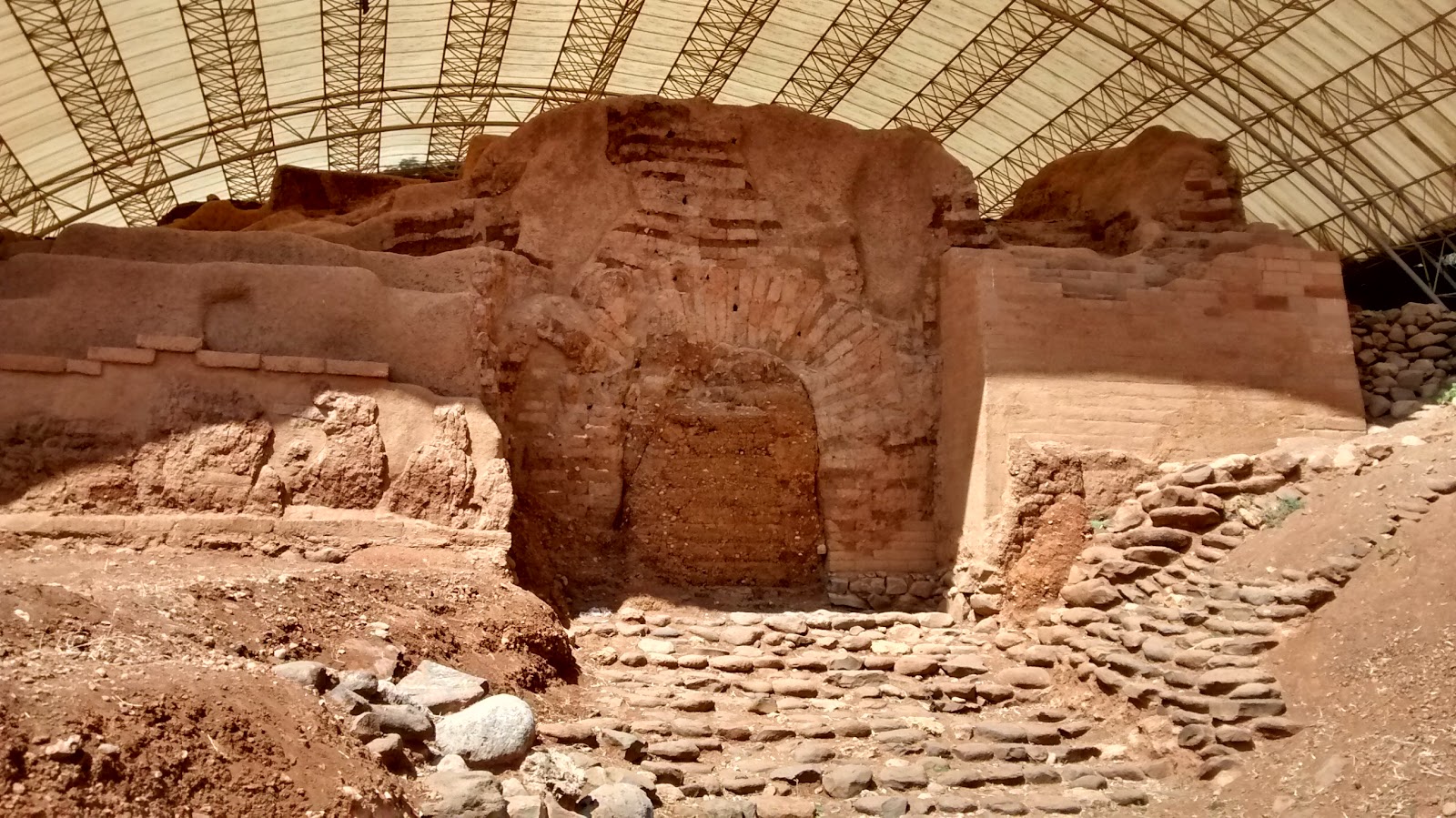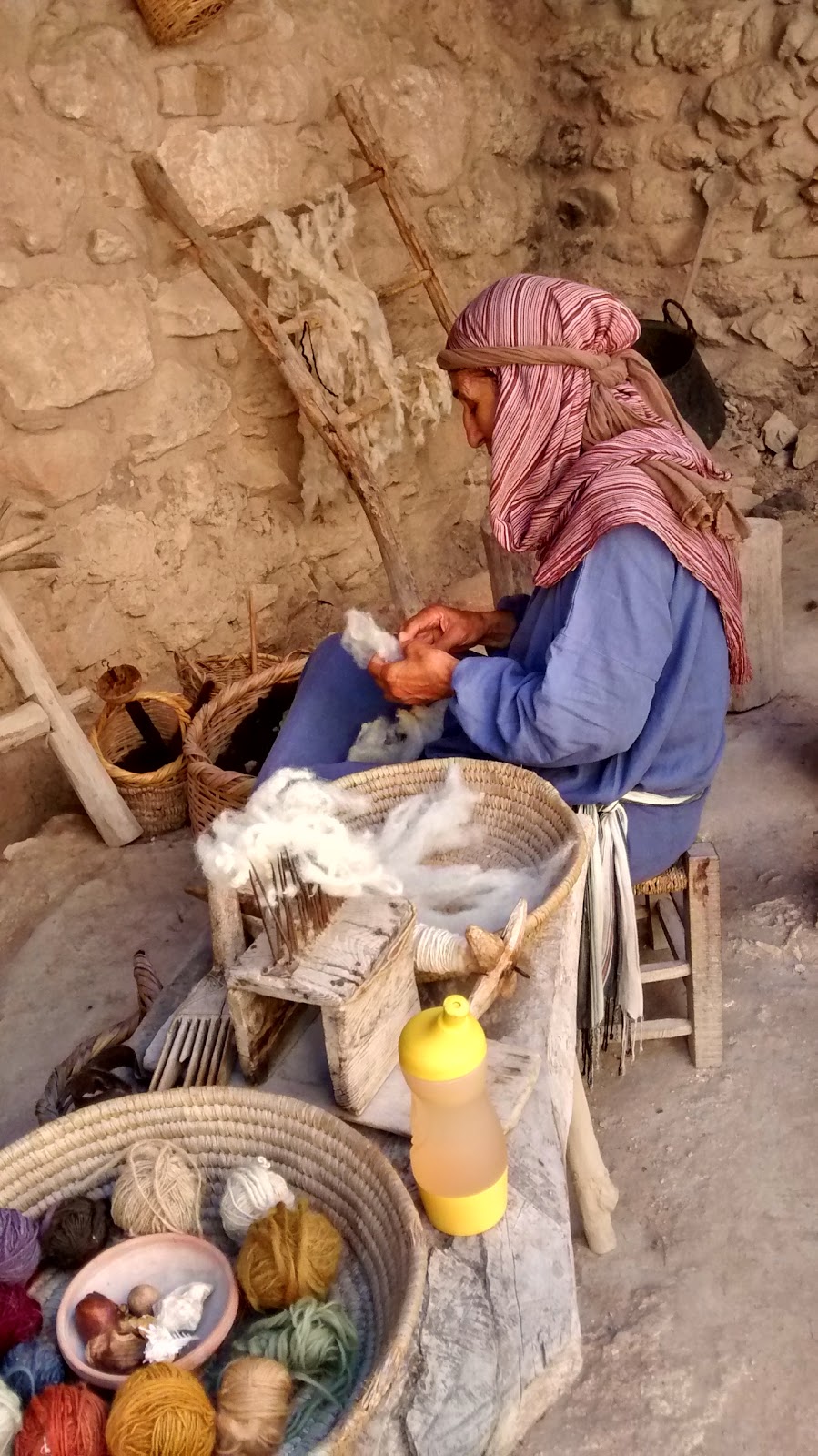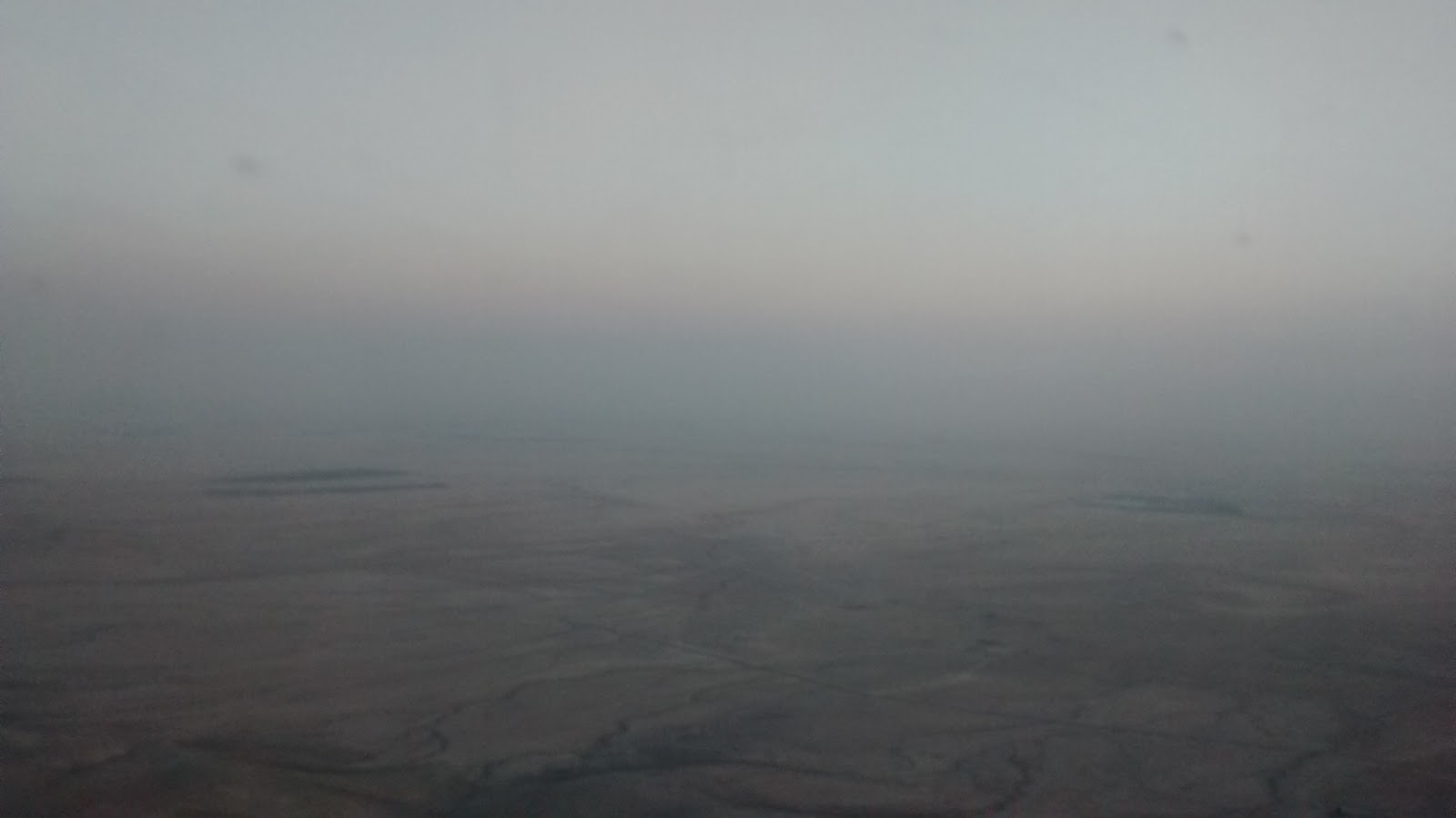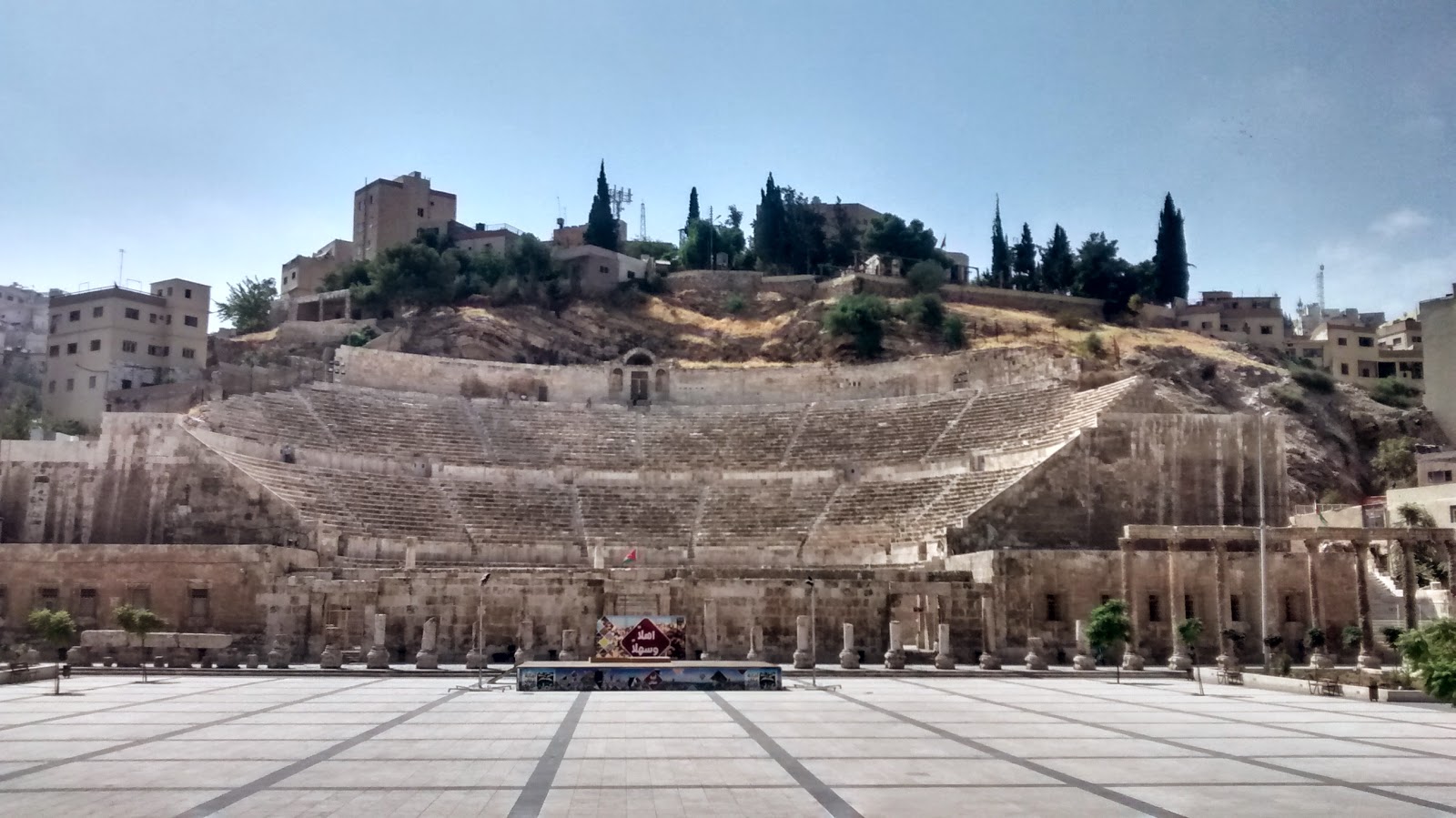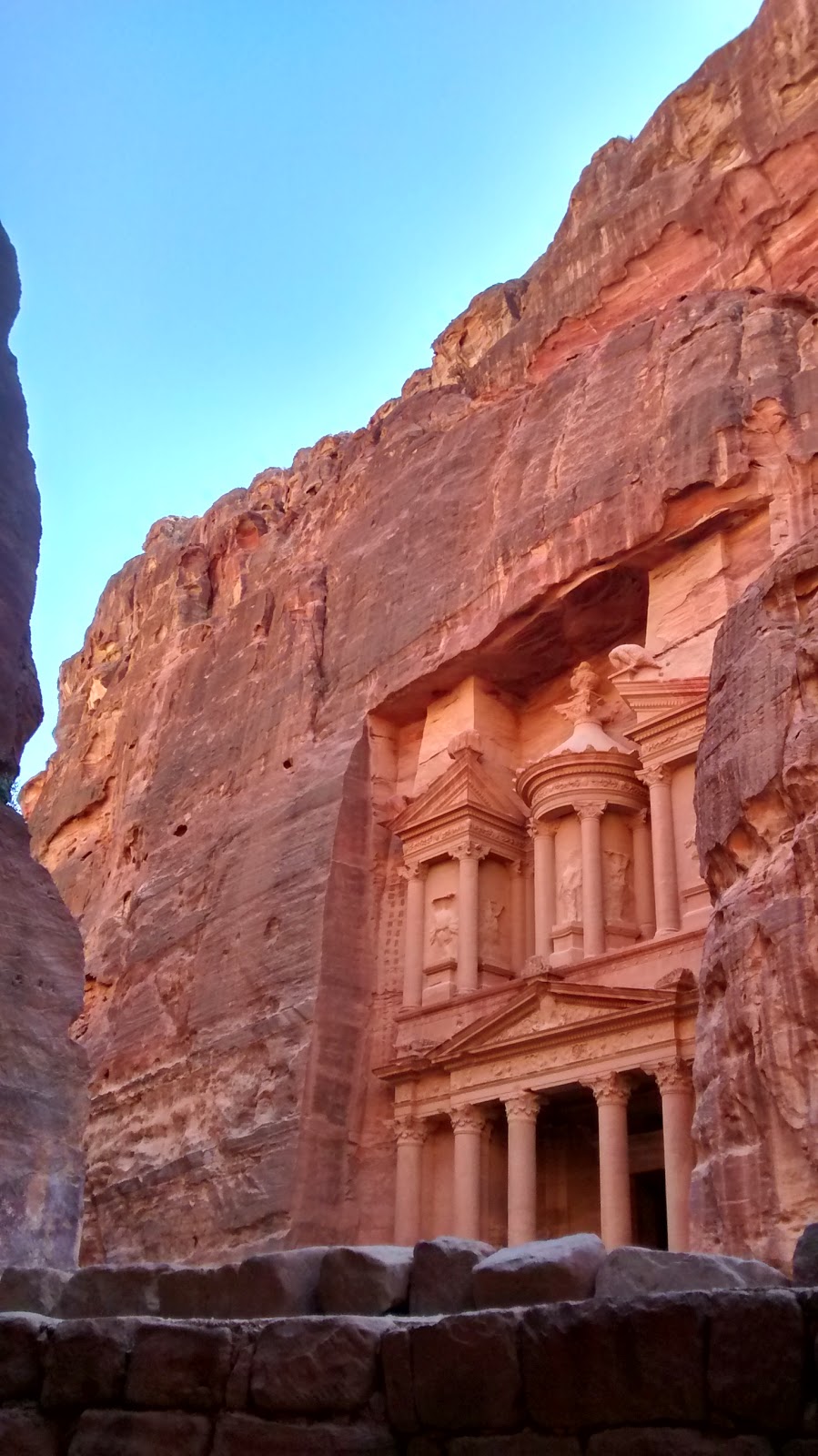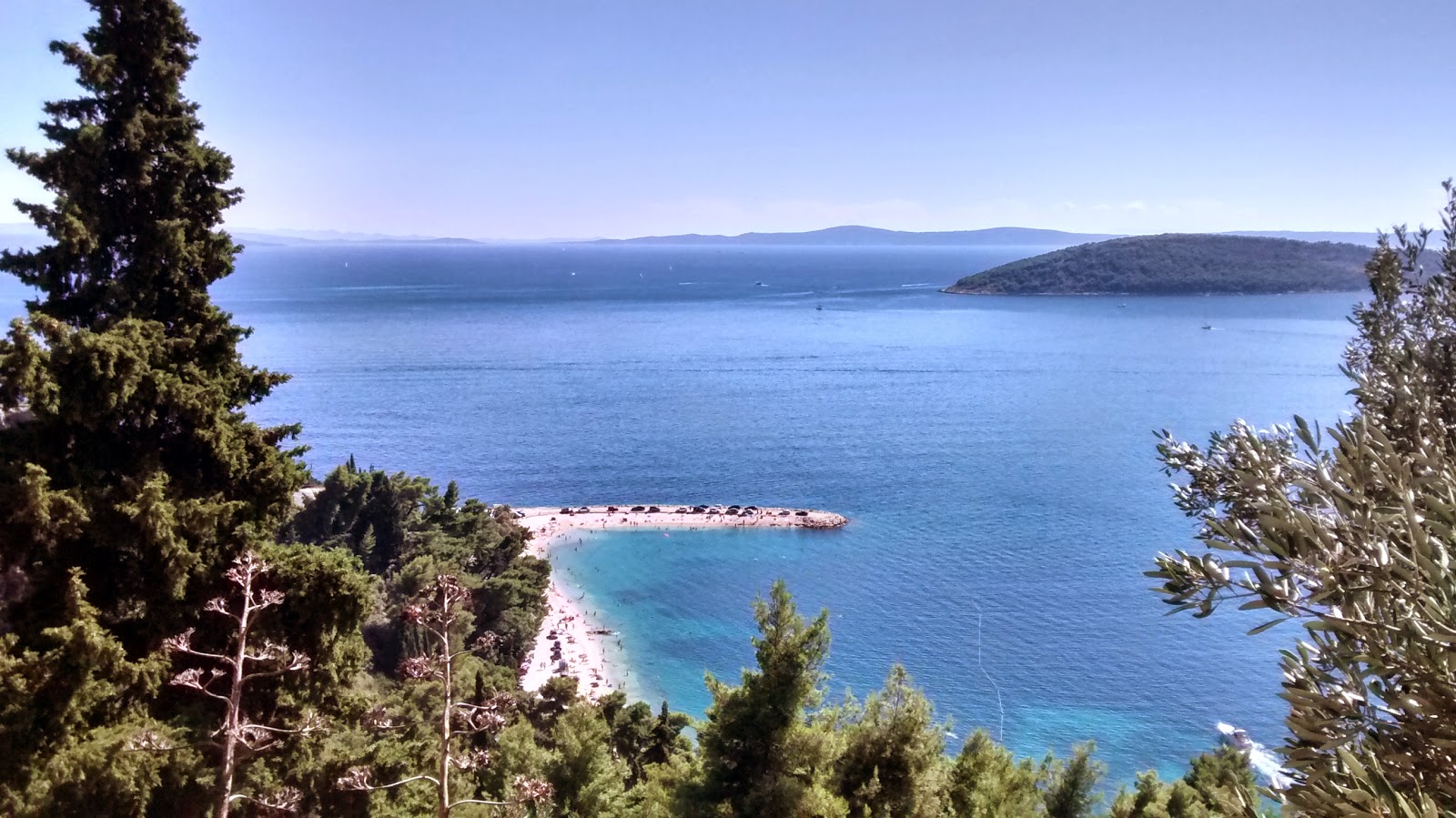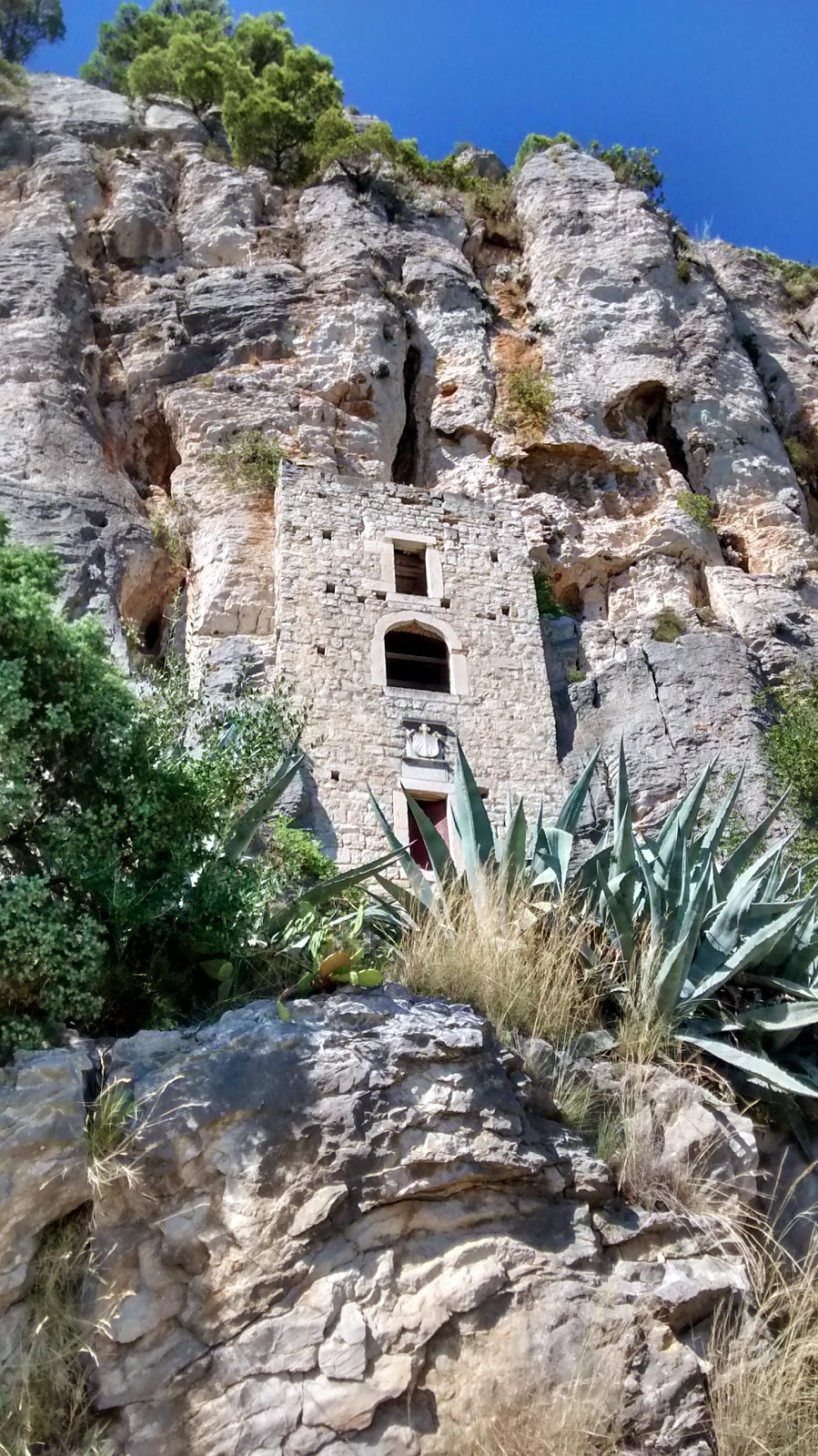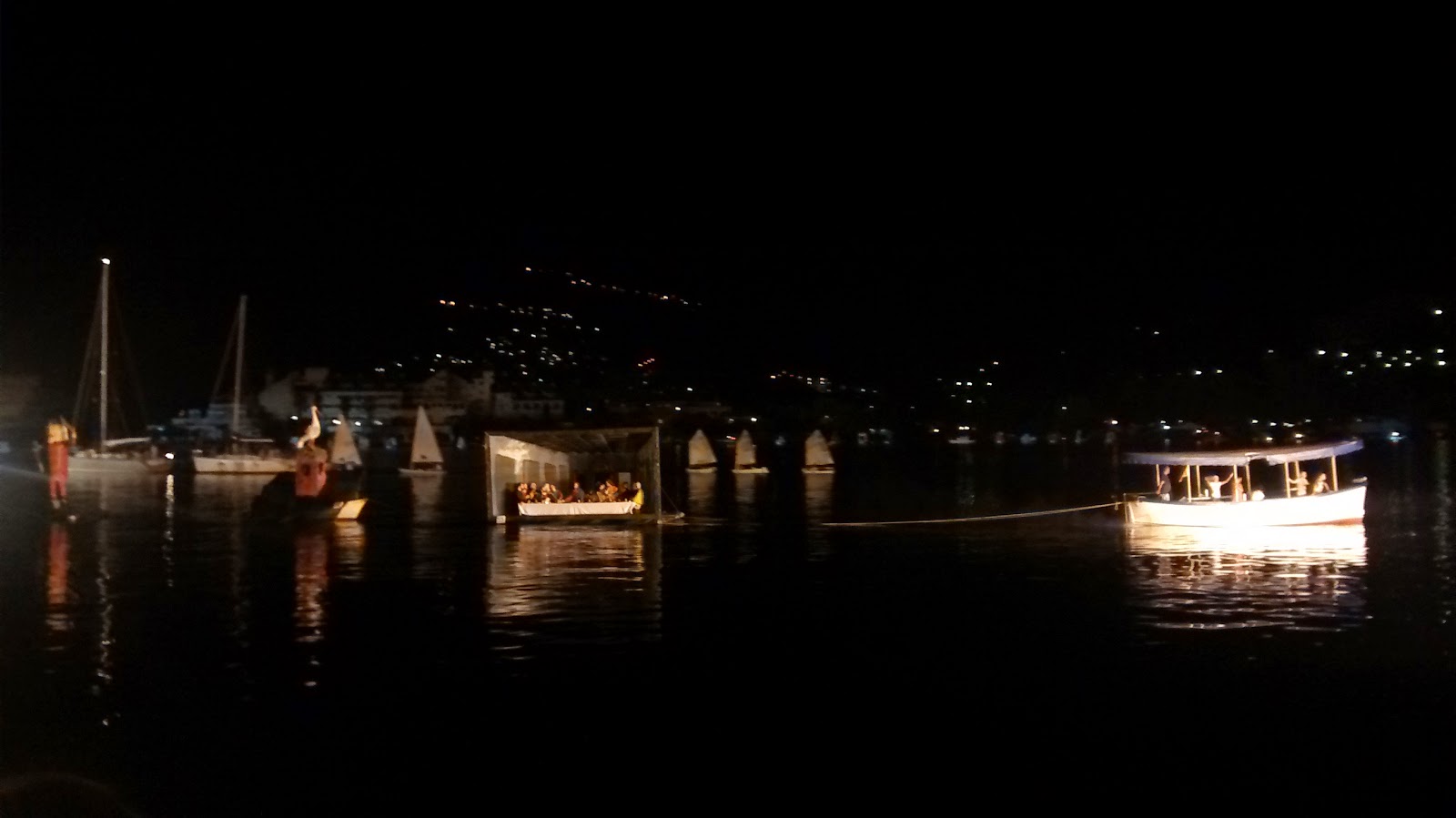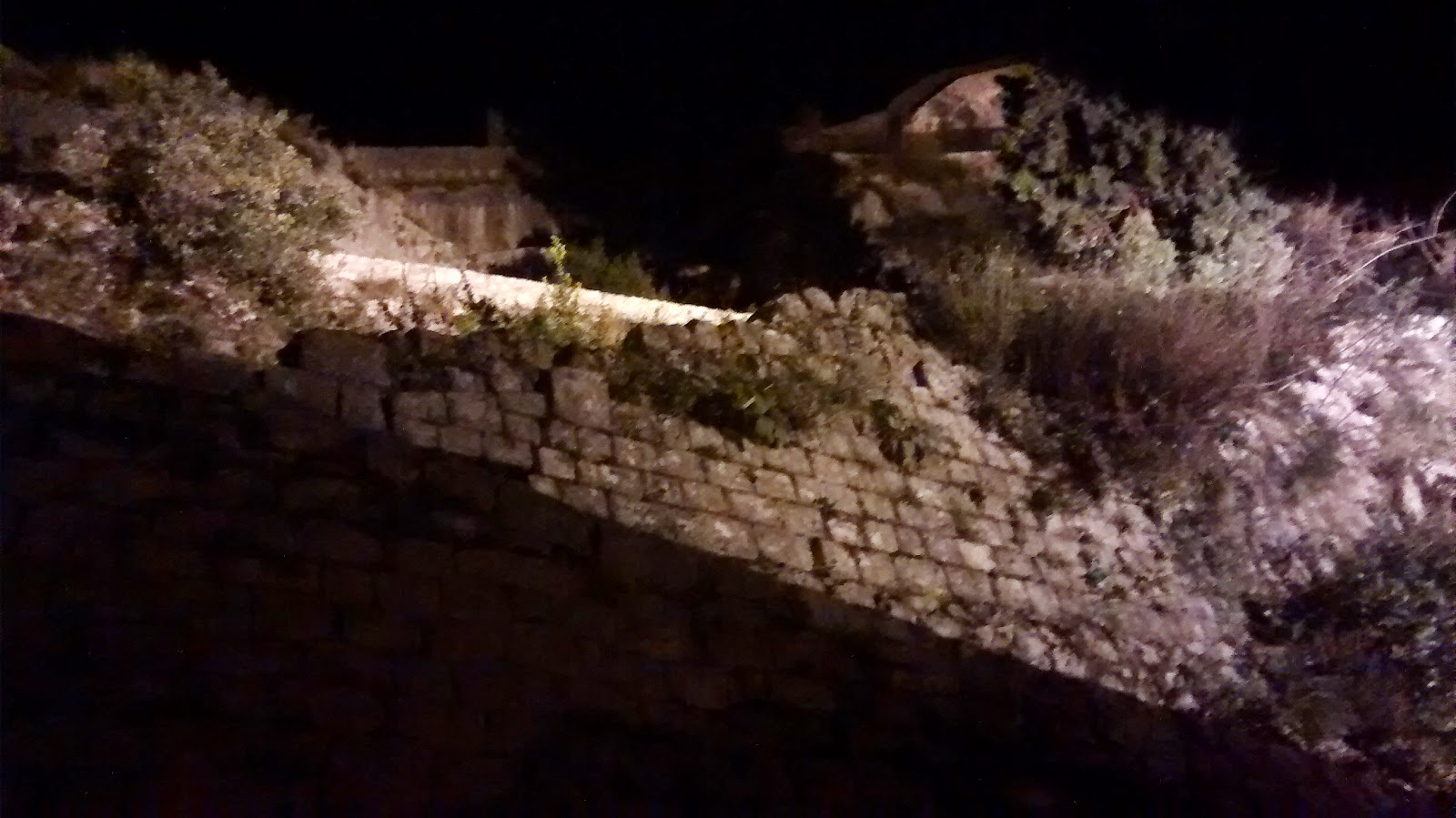 |
Overlooking Sarajevo near the Yellow Fortress.
The gravestones on the bottom are almost all from 1992-1995 |
Sarajevo was one of those cities that I never really thought that I'd visit. In school during the 1990s, we heard about the war ripping apart the former Yugoslavia. It disintegrated into the six states that it is today: Bosnia & Herzegovina, Serbia, Croatia, Montenegro, Macedonia and Slovenia (Kosovo is part of Bosnia & Herzegovina). Sarajevo itself was under siege for four entire years (Apr 1992 - Feb 1996). During that time, there was no electricity or water. One of the main streets in town became "Sniper Alley", where Serbian troops fired on every person trying to pass. There are still shell marks and bullet pock marks in buildings all over Sarajevo.
 |
This bridge is where Archduke Franz Ferdinand was assassinated.
On the pink building: "The Street Corner That Started the 20th Century"
|
Yet, today, Sarajevo welcomes tourists from around the world. We were only one of several tour groups that we passed on the streets in both English and Spanish. One of the most visited spots is the place that sparked WWI. In 1914, an assassin shot
Franz Ferdinand. You can stand in the same spot today. [This Franz Ferdinand was heir to the Austro-Hungarian empire. Not the musician. The
Austro-Hungarian empire included Austria, Hungary, the former Yugoslavia, Czechslovakia, and parts of various other nations including Poland, Romania, Ukraine and Italy.]
 |
Outside of the Tunnel Museum.
The tunnel exited here underneath a woman's house.
See all the pock marks?
Those who made it here still had to run through Serbian fire to escape to the mountain pass. |
Sarajevo's siege history is on display today, both via exhibits as well as through the damage that still shows in the city's buildings. One of the very interesting exhibits we visited was the exit side of the tunnel that was used to bring water and supplies into Sarajevo during the siege. People also escaped through this tunnel. Two of our guides had escaped through this tunnel during siege. Yet, these two had returned to Sarajevo during the siege. We asked why they had come back (one even came back after her father was shot in cross fire in Sarajevo). Both said that it was home, that their family was in Sarajevo; and, that they would rather be with their family in Sarajevo under siege than somewhere else safe. Part of the tunnel is still open today for visitors to walk through. It's not very tall. We had to bend over while walking. And, it was originally 800 meters, dug directly under the UN safe zone, which was the airport. [Side note: the airport was protected by the UN; however, according to what I understood from our tour guides, the people inside Sarajevo couldn't actually escape to or through the airport. Hence the digging of a tunnel.] The
Tunnel Museum has actual video footage from the siege -- both from the Serbian army firing as well as from people being shot at. It also has a collection of landmines and a small museum. Everything is in the Bosnian language, so, it's worth it to have a guide walk you through the museum.
A deeply saddening museum is the one dedicated to the people of Srebrenica. Their town was a UN Safe Zone. However, the few hundred UN soldiers were not equipped to deal with thousands of refugees. The Serbian army took over Srebrenica and killed 8000 men in the process. There are still families waiting to find out what happened to their husbands, brothers, sons. To date, about 6000 people have been exhumed from mass graves and identified. (Museum link here:
http://galerija110795.ba/en/)
 |
| Inside the newly opened City Hall |
Although Sarajevo has a past of sobering history, it has many great buildings, views, events and food. We had a chance to visit the Sarajevo
City Hall, which was just re-opened in spring 2014. (It was shelled and burned during the siege of Sarajevo.) It is a magnificent building with stained glass windows and a pretty brick exterior.
 |
| Inside the National Theater |
While we were visiting, the Sarajevo Film Festival was going on. I even got to walk up the red carpet to get in to see a shorts exhibition. [But, no one seemed excited to take my photo or interview me. ;)] All of the films were subtitled in English and Bosnian. All of the shorts were depressing. Sigh. Why are there never comedy shorts at film festivals? The only slightly interesting one was the first film where an old man is staring down a refrigerator. I think it's title was "Keep Breathing". At least the theater was gorgeous: the National Theater, created in 1921.
 |
| Gazi Husrev-begova Mosque |
 |
Cathedral of the Nativity of
Theokos Orthodox Church |
Sarajevo may possibly be the only place to see mosques, synagogues, Catholic churches and Orthodox churches all in such close proximity. The most well-known mosque is probably the one in old town called
Gazi Husrev-begova, completed 1532 by the Ottomans. Just across the street is the original Jewish synagogue (now a
museum), built by Jews fleeing Spain (completed 1581). The most well know Orthodox Church is the
Cathedral Church of the Nativity of Theokos, completed in 1874.
Sacred Heart Catholic Church (completed 1887) is the most well-known Catholic church.
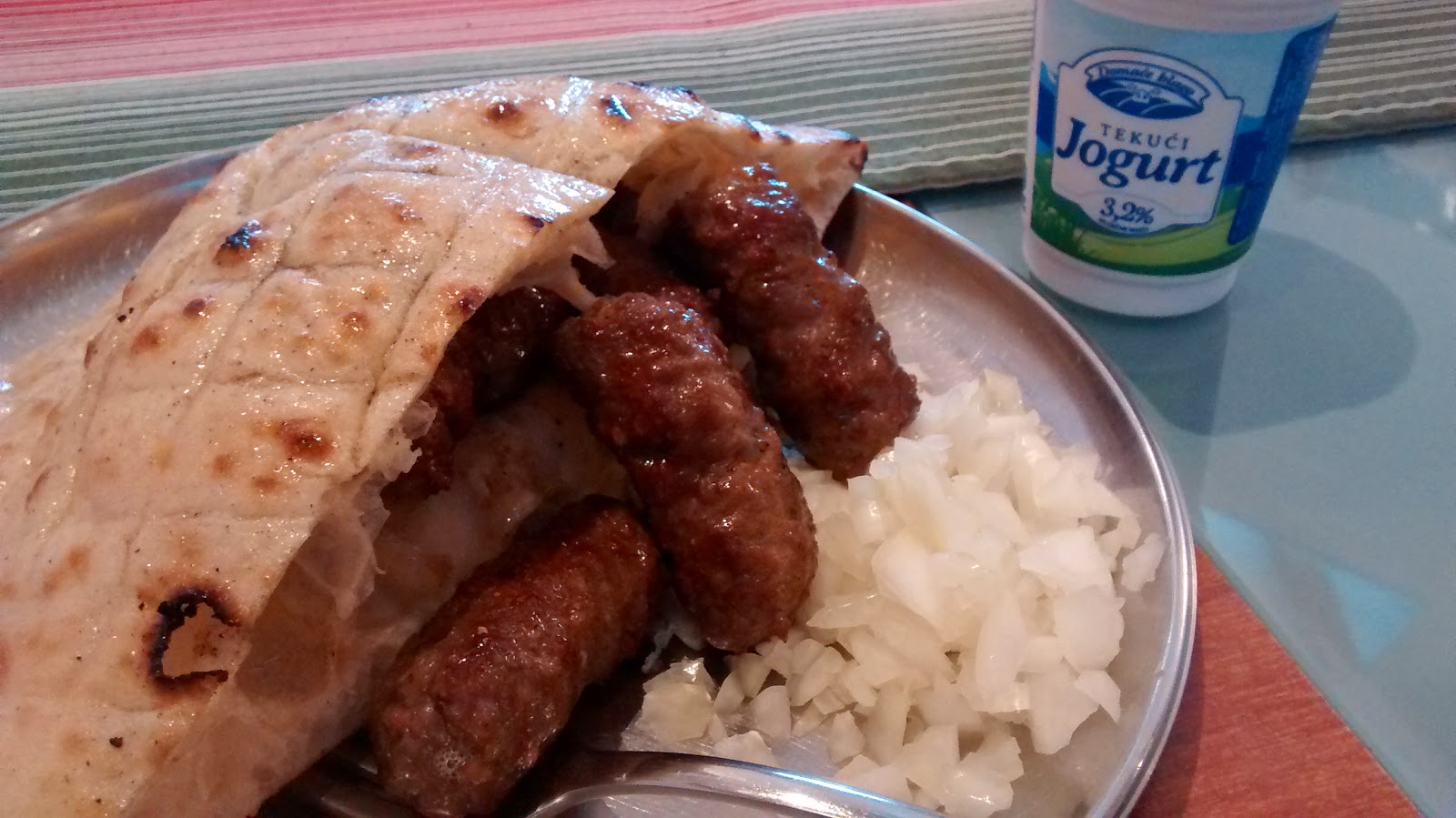 |
| Cevapcici and yogurt |
The food in Sarajevo was deliciously fresh and cheap. Must try options include cevapcici (little kebabs in a pita) and burek (flakey dough with cheese, meat or potatoes). Don't forget to get some yogurt to wash down the salty, scrumptious food. Served either in a glass or in a prepackaged container. While we could find good cevapcici at almost any restaurant, the burek was best at
Buregdzinica "Bosna". Two bureks and a glass of homemade yogurt there only set me back 2 marks (about $1.25). We also found a odd little bar called the
Golden Fish with great atmosphere and cheap beers (5 marks, about $3.25) as well as a cute little creperie,
Cakum-Pakum.


